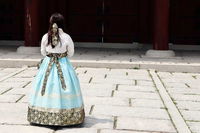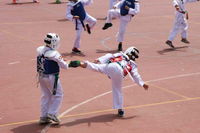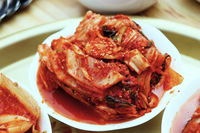
The Land of the Morning Calm Trivia Quiz
Cultural Symbols of South Korea
Though a relatively small country, South Korea has made its mark on the international scene in many ways. Match these twelve cultural symbols of Korea with their proper Romanized terms. (Click the images for a closer look!)
by trident.
Estimated time: 3 mins.
- Home
- »
- Quizzes
- »
- World Trivia
- »
- Cultures
- »
- Asian Cultures











